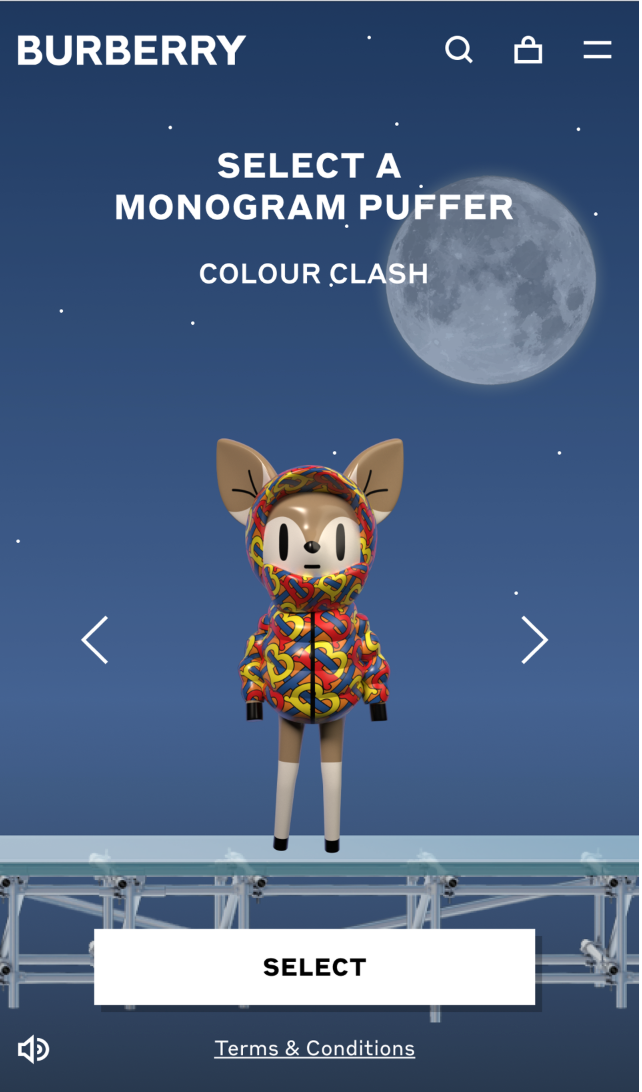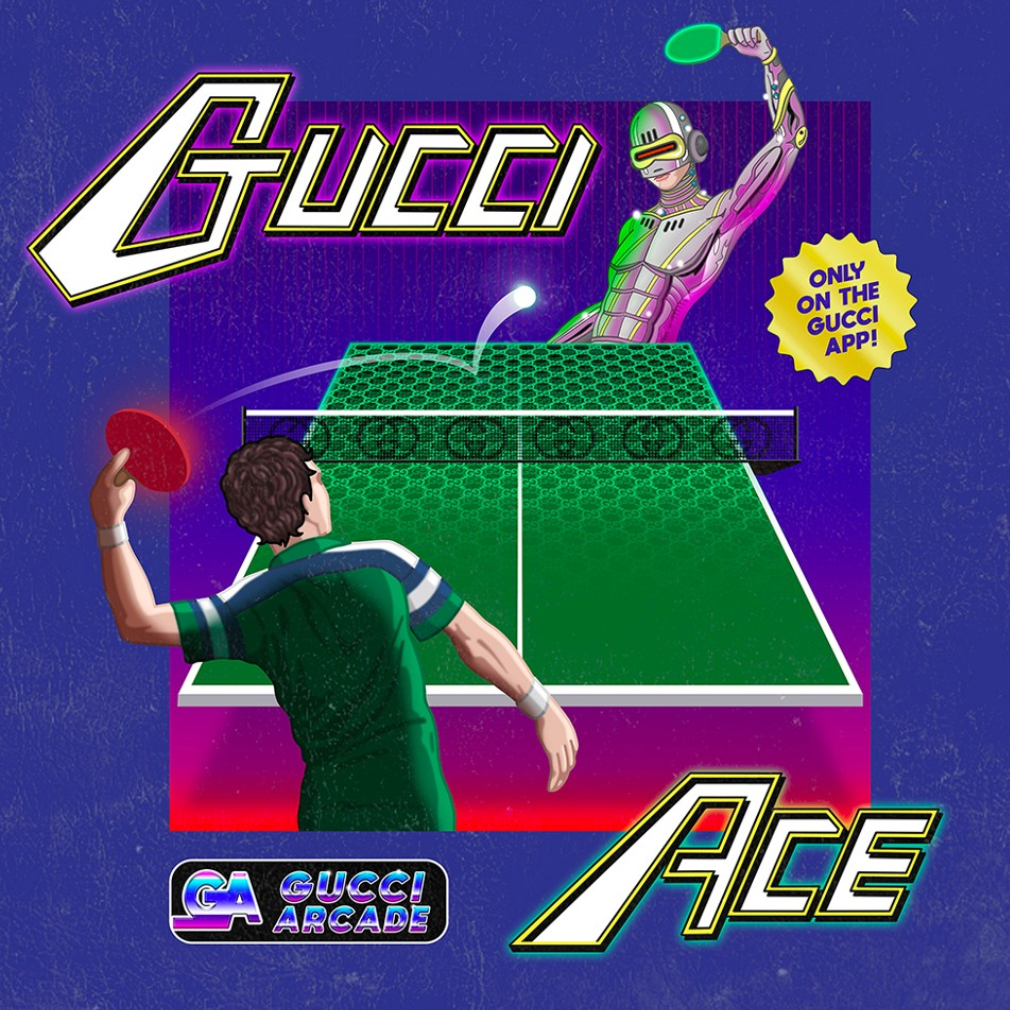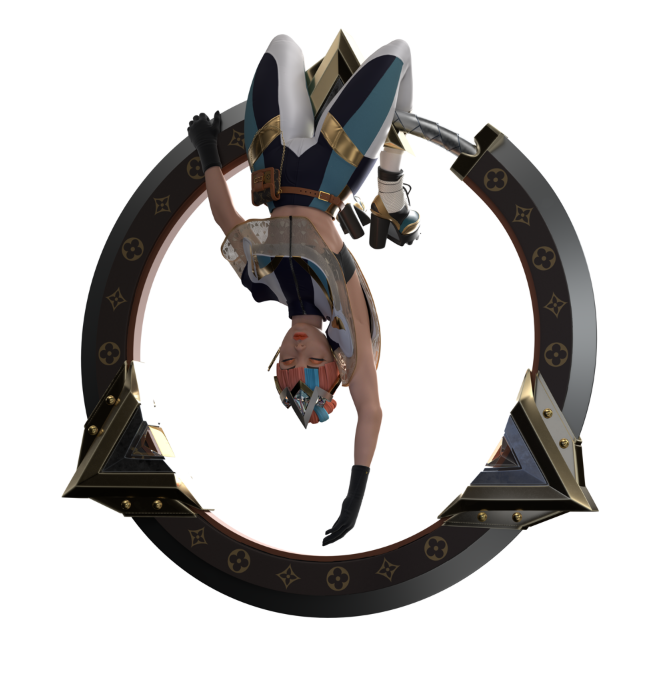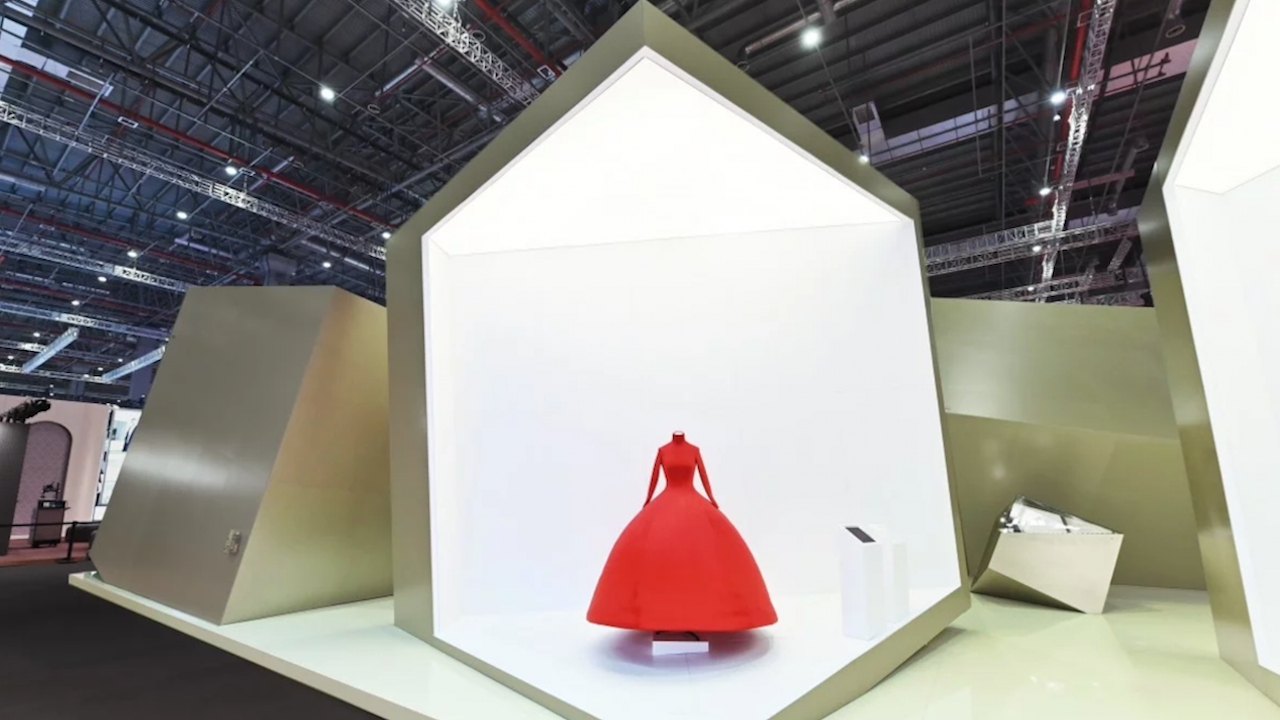This post originally appeared on South China Morning Post Style, our content partner.
The identities of many luxury fashion brands are formed from the conceptual leadership of their founders. These histories and stories provide the foundations for modern brands’ strategic directions.
However, the old rules are less relevant now, as Ian Rogers, chief digital officer at LVMH, explains. “The luxury business is still a business of the previous century. This century is a complete and wholesale change. It will be defined by the way human beings have been connected via the internet; also, by data and the collective intelligence derived from that data using AI [artificial intelligence] and machine learning.”
Brands’ use of virtual reality (VR) and augmented reality (AR) is likely to increase as 5G capabilities make experiences richer and more seamless, supporting purchase consumers’ decision-making. The fifth generation of mobile technologies, or 5G as it’s generally referred to, represents a major increase in broadband mobile network capabilities. In short, it will enable people to download more content much faster than 4G.
China, a leading force in 5G, has already rolled out the new communication network. The country’s tech giants, from Huawei to Tencent, have invested heavily in the service, including building the infrastructure to supplying 5G-powered devices and services such as cloud gaming.
Kiki Fan, general manager of the planning and implementation department at Tencent, says, “In the near future, 5G will give brands the capability to communicate high-quality information instantaneously, and eliminate lag time, ultimately improving the consumer experience.”
5G is likely to have an impact on a few fashion industry fronts: supply chain connectivity, retail operations, service, and sales executions. It is also poised to affect the level of creativity and innovation brands incorporate into their engagement with consumers.

On the retail and supply chain operations aspect, AI will drive more effective brand buying and merchandising systems that will enable businesses to use real-time data and automated inventory supply and replenishment; in short, faster and more accurate responses to consumers’ demands. Add to this beacon technology networked through the internet of things (IoT) and brands will have stores that can deliver personalized digital communications, immersive experiences and customized service to individual consumers – or markets.
Luxury group Kering unveiled an immersive pavilion at the 2019 Import Expo in Shanghai, which showcased the group’s history of innovation and provided visitors with a digital experience through multisensory displays and interactive installations.
Sephora has launched a new app feature – Virtual Artist – that uses AR to help customers try products before making their purchases.

Jonathan Chippindale, CEO of Holition, an agency offering digital solutions for retailers, says, “Every brand is taking on huge amounts of data and using AI to use that data to personalize it. The more data you can get, the more you can hyper-personalize product selections, you can understand people and you can come up with recommendations that are as finely tuned as possible.”
A good example of how 5G will influence business capabilities, from consumer transaction through to delivery, is the 2019 “Singles’ Day” event held by Alibaba. In the first 24 hours, it took US$38 billion in sales. Its use of AI greatly increased the speed and efficiency of processing sales orders and transactions to 540,000 transactions per second. This sales level generated 2.8 billion parcels which were distributed across China.
Michael Evans, president of Alibaba, says, “Those packages are not being delivered over the next month, but over the next three or four days. When you are delivering 65 to 70 million packages a day, as we do every day, it’s impossible to keep track of everything with humans so we need bots, we need technology.”
As the infrastructure improves, including the capabilities provided by 5G, this level of capacity achieved through automated systems will be much more common, as Evans points out. “We believe there will come a day in the future when we operate at that scale, and at that capacity, every day. Don’t ask me when, but I think it will be sooner than most people think.”
At the store level, Hong Kong-based consumer goods supply chain group Fung Retailing has stated its ambition to speed up transaction times using technology that will be enhanced by 5G. The company has collaborated with China’s largest online retailer in launching Hong Kong’s first AI-powered checkout service at a physical retail store. Sabrina Fung, managing director of Fung Retailing, says, “We are trying to prototype a process to shorten checkout time to 4.5 seconds, and where your face is linked to your WeChat Pay or Alipay account. When you walk into the store, as soon as it recognizes you, that is the payment mechanism.”

Research by SAS and Futurum Research into global consumer attitudes to the use of future technologies suggests that by 2030, when making a purchase most consumers will expect to use chatbots and augmented reality. They will also accept the delivery of goods by drones or autonomous vehicles and control their devices through wearable technologies. The ability of consumers to download huge amounts of data in seconds means brands now have the opportunity to be more creative in working with digital design, especially in respect of aesthetics and complex 3D structures. This opens the door for brands to experiment with digital entertainment as part of a brand engagement strategy. This could be as diverse as fashion shows or gaming.
For example, Burberry’s B Bounce game engages players as they accrue points which enable them to win prizes. These range from personalised GIFs to a digital Burberry puffer jacket that can be edited onto an image of their choice. The first prize is a real-world Burberry puffer jacket, though. Dior launched entertainment features on Snapchat and Instagram using AR that allows users to try on the house’s new designs.
Gucci, meanwhile, pivoted to games to engage with customers by releasing two retro arcade games – Gucci Ace and Gucci Bee – to play on its app, both of which reference the brand’s renewed vintage style under creative director Alessandro Michele. 5G-enabled technologies will be the main driver behind new customer ecosystems and completely reimagined customer experiences.
The use of digital characters and, more recently, sophisticated avatars is not new in luxury fashion. A small number of luxury fashion brands have experimented with digital avatars in the past. For example, in 2006 Armani had a store in online virtual world Second Life and in 2012 Prada dressed characters from videogame Final Fantasy in their digital collection, featured in Arena Homme+ magazine. In 2017, Louis Vuitton used one of the Final Fantasy characters to model its new collection.

Nicolas Ghesquière, Louis Vuitton’s creative director, said at the time, “Selecting the video game avatar as a spokesperson for LV was a natural thing for our world, where social networks and communications are now seamlessly woven into our lives.”
Younger millennials and Generation Z consumers have grown up using digital for most things. So, if brands want to engage with them, the medium needs to be digital, and the method is probably gaming. Fashion gaming is groundbreaking and likely to grow in significance, although many luxury and fashion brands have been cautious about adopting gaming technology.
There is still some way to go for gaming to become mainstream in fashion, according to Chippindale: “Fashion and gaming don’t make particularly easy bedfellows. One of the reasons is because so many games are about death and destruction; about values that don’t necessarily sit with a kind of caring fashion brand that wants to furnish its sustainability credentials.”

Chippindale adds that many of those working in gaming companies replicate those in tech companies. “They are male, they are quite nerdy, quite geeky and I love that but luxury and fashion play on slightly different types of investment. It’s softer and more feminine and I just don’t think there are enough of those skills yet in the gaming space.” Nevertheless, Chippindale believes this is changing now.
There is a distinction, however, between those who play games and those who create them. According to Roberta Lucca, co-founder of the BAFTA-winning game developer Bossa Studios, 50 percent of global gamers are now female.
Lucca also explains that the younger Gen Z and older Alphas are regularly playing games such as Fortnite, which they see as normal. “They are growing up assuming that games are a perfectly normal thing for you to do as a hobby. And when you look at the massive markets of e-sports it becomes even bigger. When I talk with Gen Z, I can see that for them, real-world and virtual world is all integrated.”
The reality is that no one really knows how 5G will change things in luxury other than the fact that it’s unlikely to be business as usual. Chippindale notes, “The tech space we [Holition] operate in is changing and evolving so rapidly that it’s very difficult to understand the projects that I will be doing in six months or a year’s time.”
